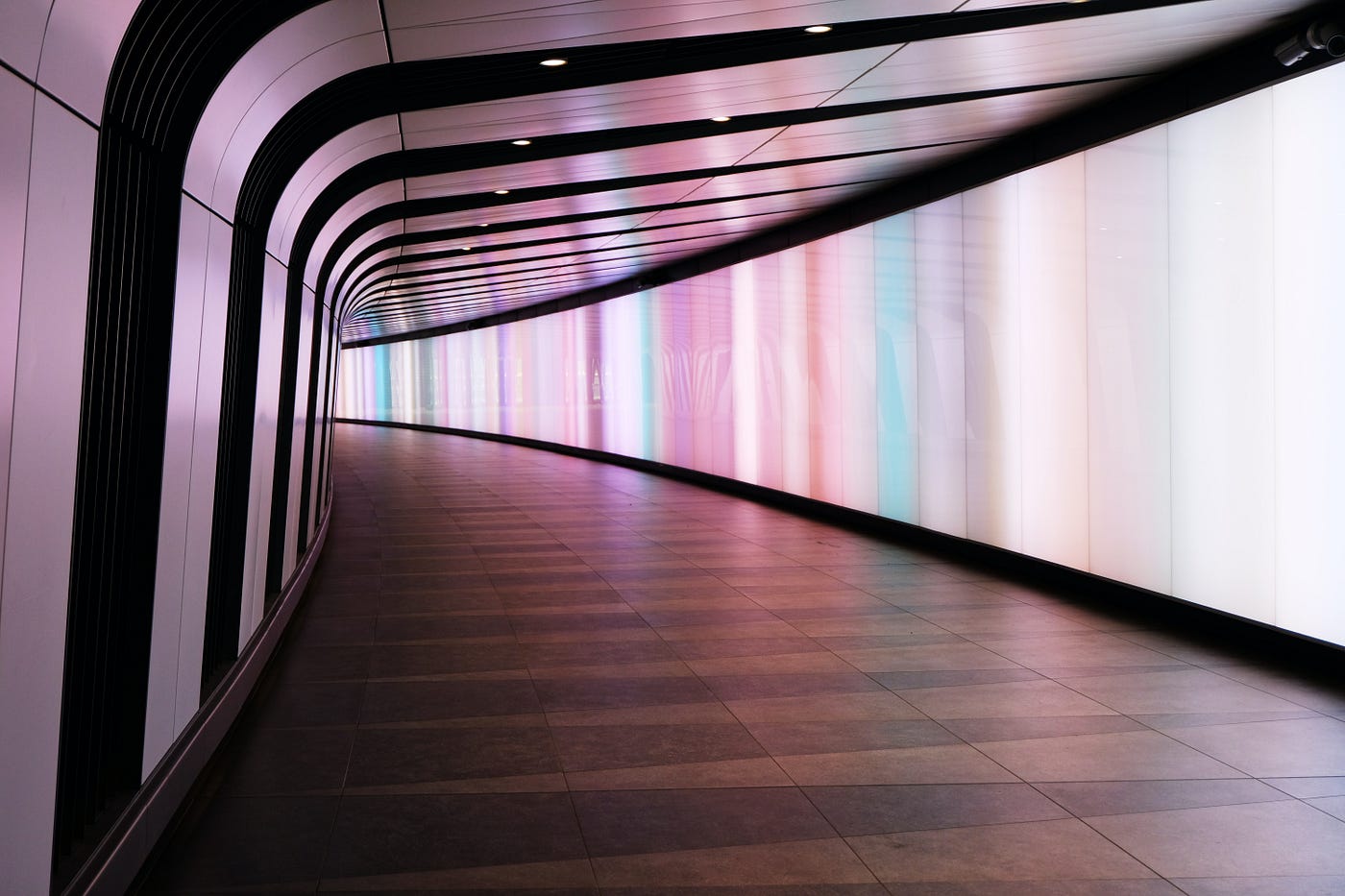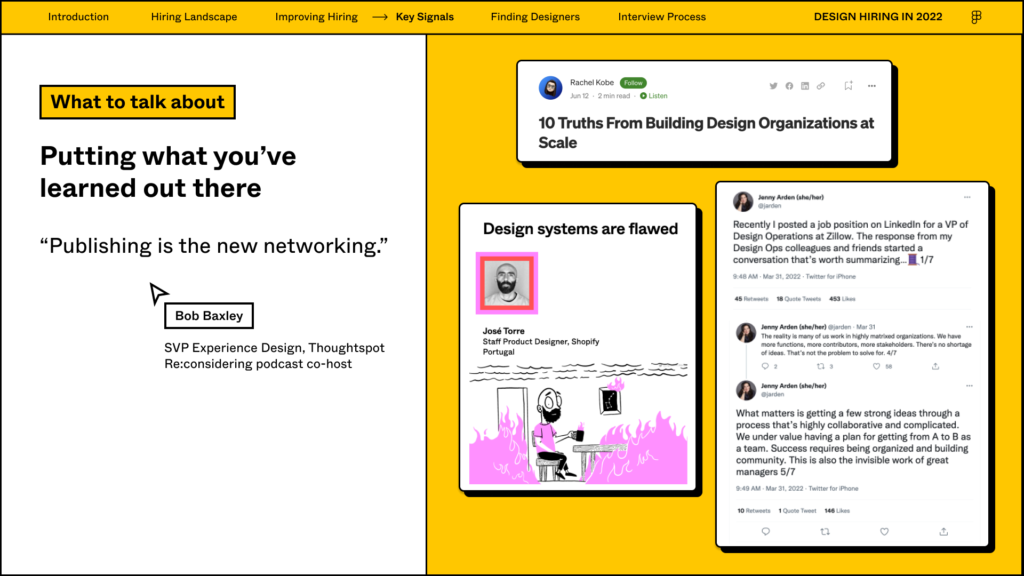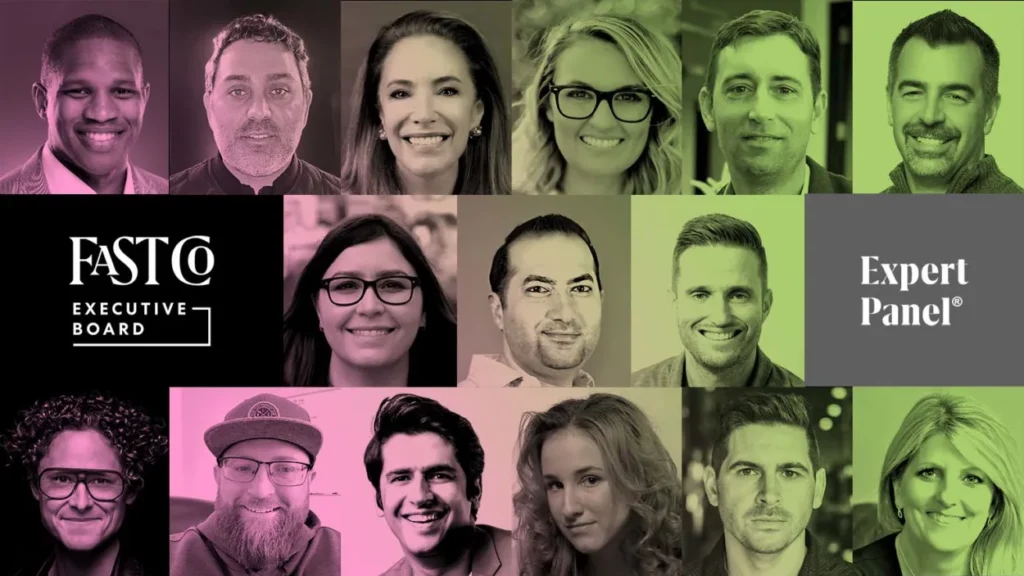What turns a design leader into a true catalyst for change? It’s not just about title or authority — it’s about leading beyond hierarchy and influencing at every level of the organization.
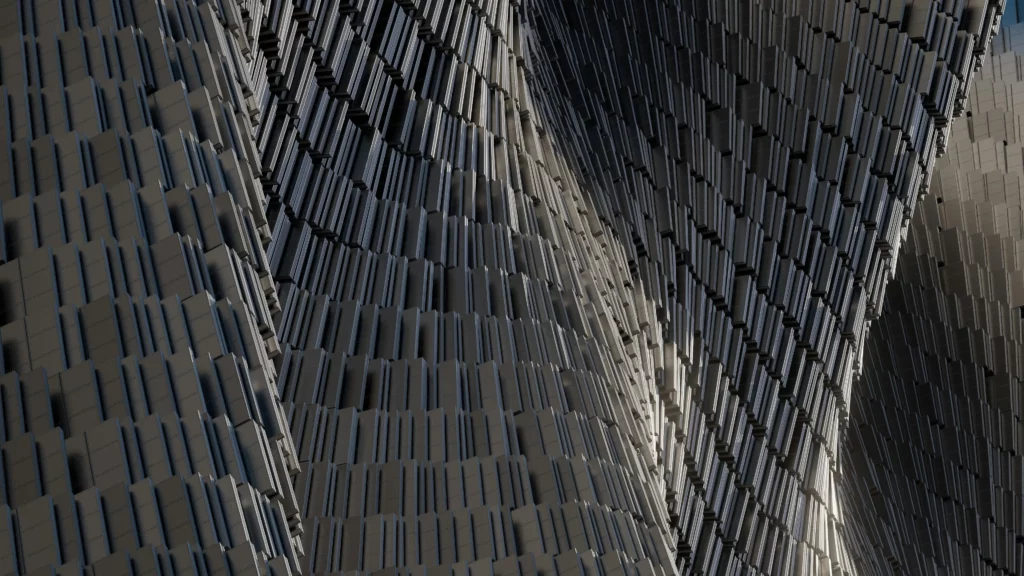
When you’re a senior design leader, your impact extends far beyond your title or job description. True influence in design leadership doesn’t come from authority alone — it’s cultivated through relationships, alignment, and a shared vision that resonates across the organization.
The best leaders are those who lead through influence rather than control. They understand that while authority can get things done in the short term, influence creates lasting change and builds a culture of collaboration. Here’s how to start leading beyond authority and amplify your impact across teams and the entire organization.
1. Align Design with Business Priorities
Influential design leaders know that every decision they make must tie back to the organization’s goals. It's not enough to design excellent solutions; those solutions need to drive measurable outcomes.
- Know the Metrics That Matter – Familiarize yourself with the KPIs and business outcomes that the executive team values. Are they focused on customer acquisition, retention, revenue growth, or NPS? Tailor your design strategy to align with these priorities.
- Frame Design’s Value in Business Terms – Communicate design’s contributions in a way that resonates with stakeholders outside of the design function. If design improved a product’s usability and led to a 15% increase in customer satisfaction, share that success in a way that highlights its impact on the company’s goals.
By actively aligning design with business goals, you’ll make it clear that design isn’t just about aesthetics; it’s a strategic driver of growth.
2. Build Trust by Being a Consistent Partner
The most impactful design leaders are those who take the time to understand their stakeholders’ needs and challenges. This means going beyond design to see where teams can work together toward common objectives.
- Invest in Cross-Functional Relationships – Take time to meet with stakeholders across departments: product, engineering, marketing, and beyond. Understand their priorities and where design can be a true partner. Listen deeply, ask questions, and look for ways to support their goals.
- Create Wins for Other Teams – Offer design as a resource that can help solve other teams' challenges. Perhaps marketing needs help visualizing a new campaign, or product needs design thinking to tackle a complex feature. By proactively contributing, you’ll build credibility and foster allies across the organization.
Trust isn’t built overnight, but it’s the foundation of influence. When people know they can count on you to add value, they’ll invite you to contribute to decisions at every level.
3. Inspire with a Vision That Others Can’t Ignore
Influence often stems from the power of a clear and inspiring vision. Design leaders with influence don’t just have a vision for their teams—they create a vision that resonates across the organization and drives everyone toward shared goals.
- Paint a Compelling Picture of the Future – People are naturally drawn to leaders with a sense of purpose. Share a vision for the role of design in shaping exceptional customer experiences and driving business impact. Make it tangible by showing what’s possible, whether through design concepts, prototypes, or customer stories that bring the vision to life.
- Highlight the Shared Wins – Show how design can deliver value that benefits multiple teams. When people understand that your vision helps them achieve their goals, they’re more likely to rally behind it.
The most influential leaders don’t just talk about what needs to change—they inspire people to want to make it happen. They pull teams in with a shared mission that feels exciting and worth pursuing.
4. Build Scalable Systems to Extend Your Influence
Influence is about more than individual wins; it’s about creating systems that sustain impact even when you’re not in the room. Great design leaders develop frameworks, playbooks, and processes that make it easy for others to adopt design-led thinking across the organization.
- Create Repeatable Processes – Design frameworks, tools, and playbooks that teams across functions can use. A UX framework that product teams can leverage, an AI Playbook, or a set of brand guidelines that marketing can follow—these enable design to influence beyond direct touchpoints.
- Empower Your Team to Lead – Equip your team members to be influencers within their projects and cross-functional teams. Encourage them to share design’s strategic impact with partners and lead discussions on how design can help meet objectives.
By building scalable processes and empowering others, you create an influence that lasts far beyond individual projects and enables others to carry your vision forward.
As design leaders, our greatest impact often lies beyond our own teams. Leading through influence isn’t just about getting things done; it’s about shaping a culture of collaboration and innovation across the entire organization.
In Design Leadership at Scale: Executive, we go even deeper into these principles, exploring frameworks and strategies to expand your influence and become a true strategic partner. If you’re ready to step into a role where you shape outcomes and lead change, this course is your path forward.
